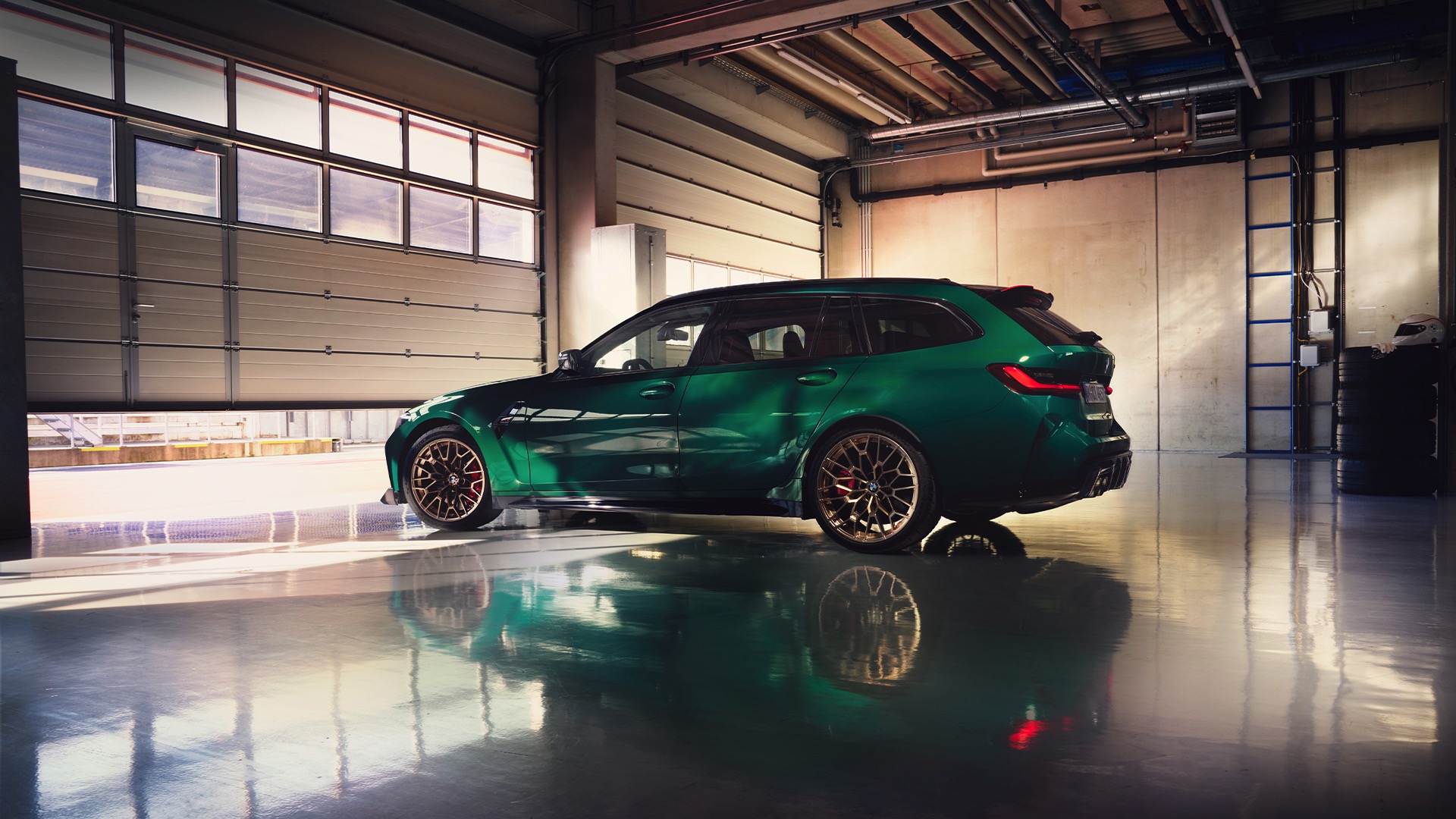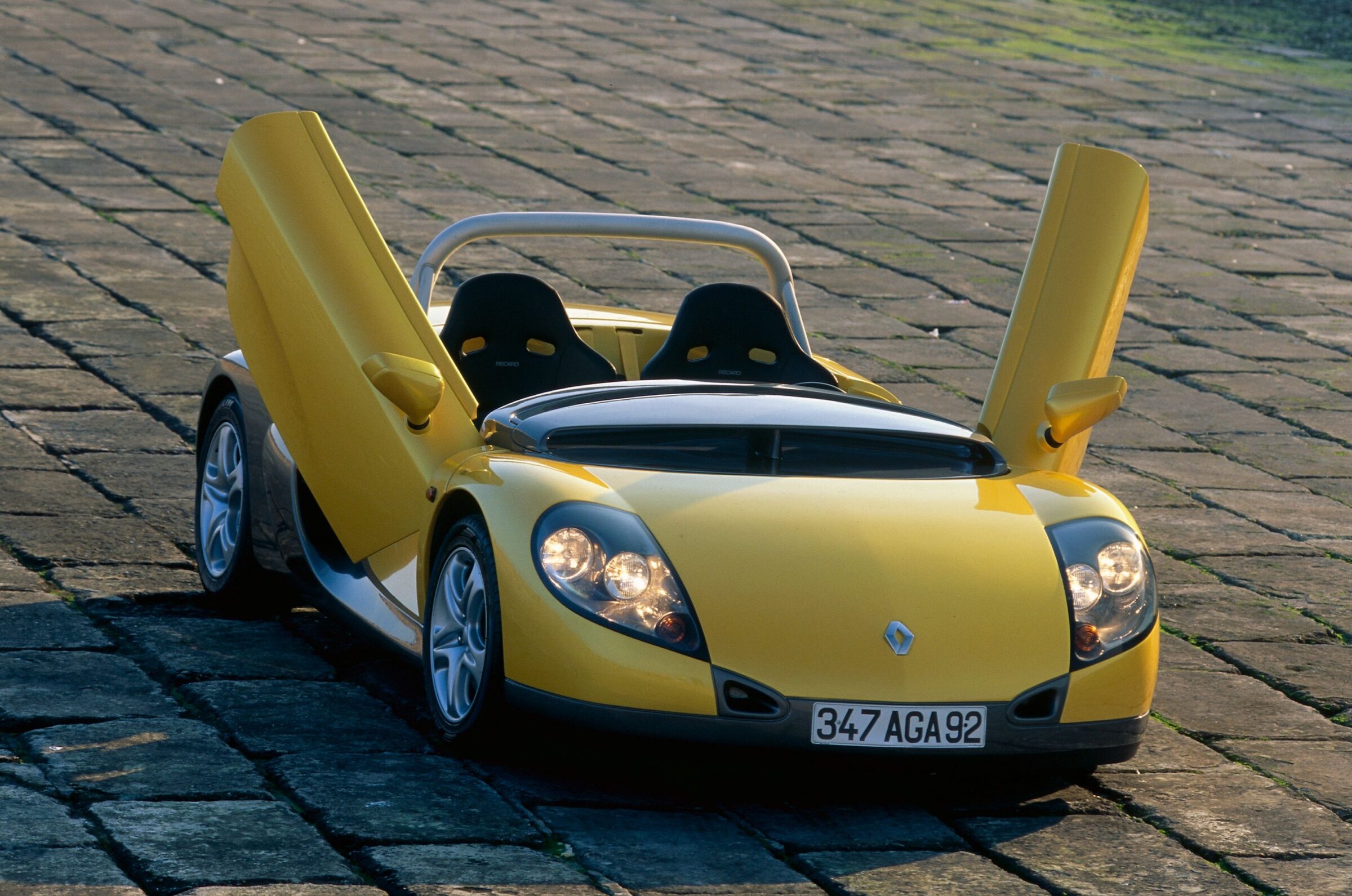Ford Sierra RS Cosworth
Road cars with wild spoilers and wings are often homologation cars for motorsport. This is also the case with the Ford Sierra RS Cosworth. It no longer had much to do with the five-door mid-size saloon that Uwe Bahnsen had designed in the late 1970s. The world premiere of the Sierra at the 1982 Paris Motor Show was followed in December of the same year by the estate called Turnier or Traveller (depending on the market). At the 1983 Geneva Motor Show, the three-door XR4i followed, with its unusual two-piece rear side windows. This, and its 150 hp engine, distinguished it from the normal Sierra three-door (sometimes marketed as a coupé), which appeared in autumn 1983. In March 1985, Ford presented a facelift with larger headlights and a closed front at the Geneva Motor Show. Another facelift followed at the beginning of 1987. Now the front indicators were next to the headlights. A four-door saloon was also introduced.
RS Cosworth as sporty top model
After a final facelift in 1990, Sierra production ended in 1993 in favour of the Mondeo. In the twelve years of production, more than 2.7 million units were built. Today, the sportier offshoots of the model series are particularly popular. These include the aforementioned XR4i, the XR4x4 and finally the RS Cosworth presented in 1985. Ford initially used the XR4i for rallies and touring car races. In order to be more competitive, a four-cylinder turbo engine was developed together with the English experts at Cosworth. From two liters of displacement, the maximum for various motorsport categories from the Group A rally championship to touring cars, 150 kW/204 hp and 270 Nm of torque were obtained in road trim. Combined with a manual five-speed gearbox, it accelerated to 62 mph in seven seconds and on to 148 mph topspeed. The kerb weight was 1,280 kilograms.
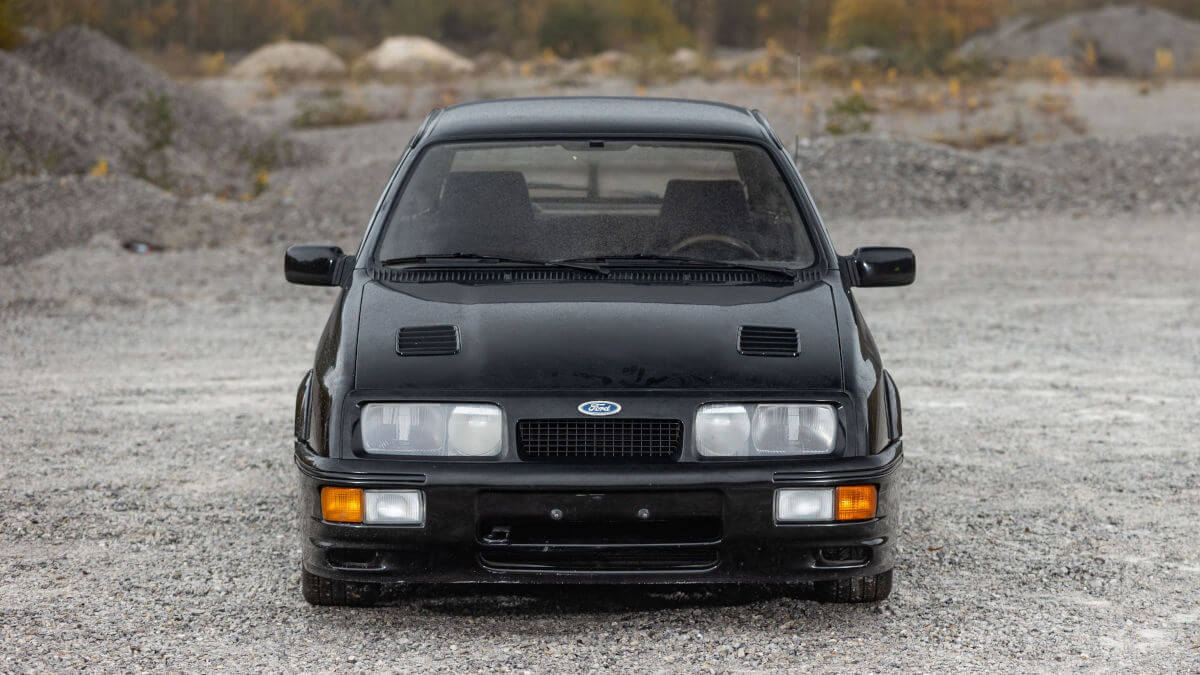

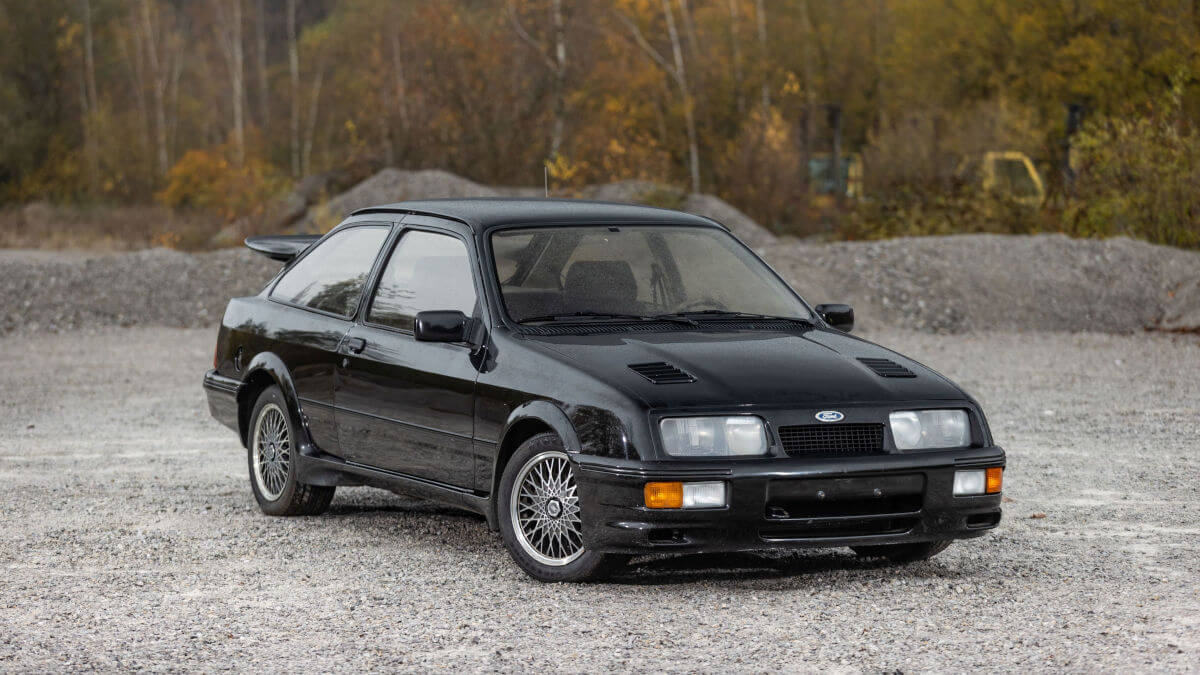

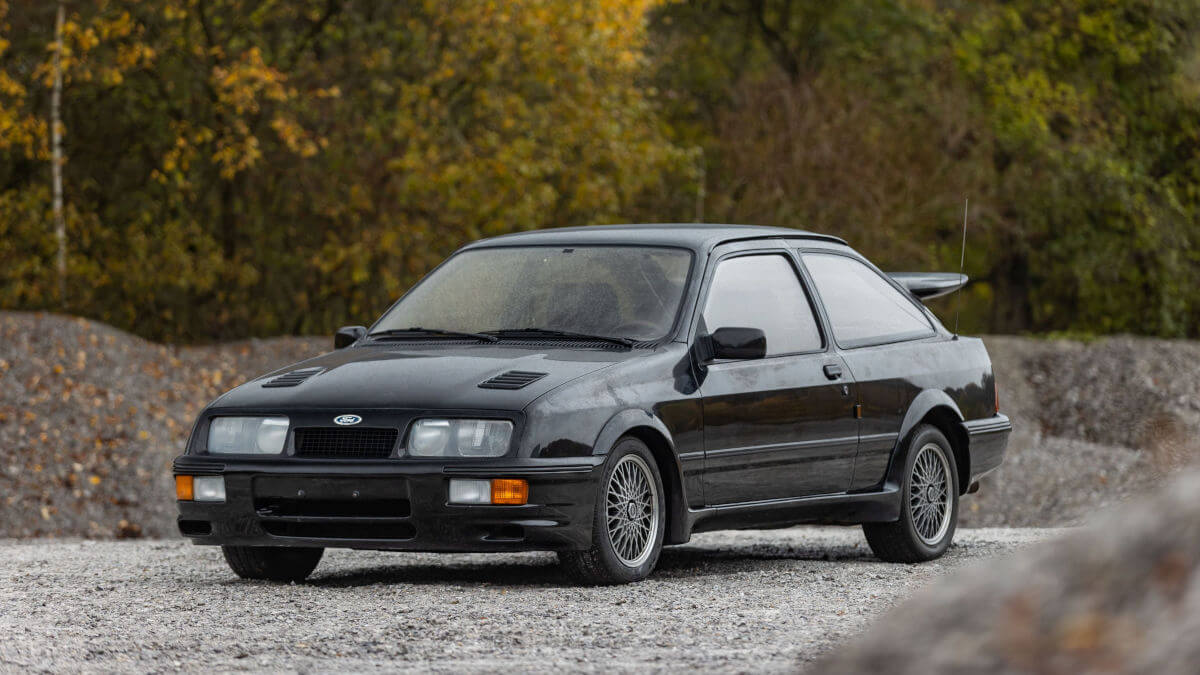

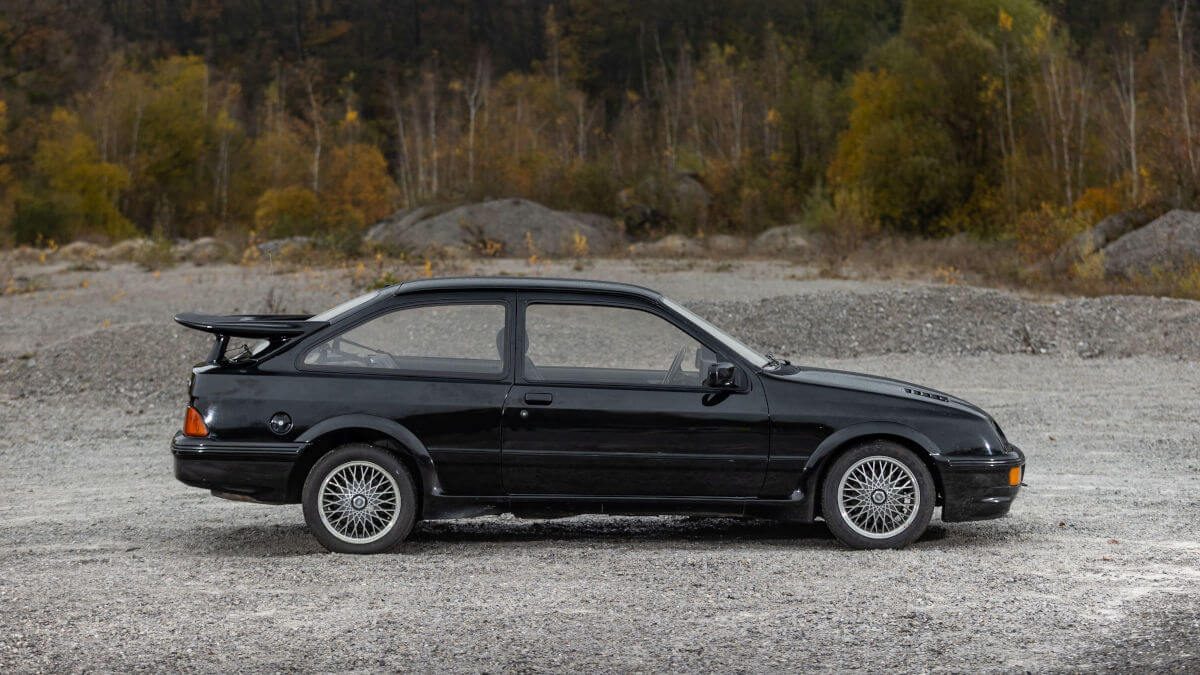



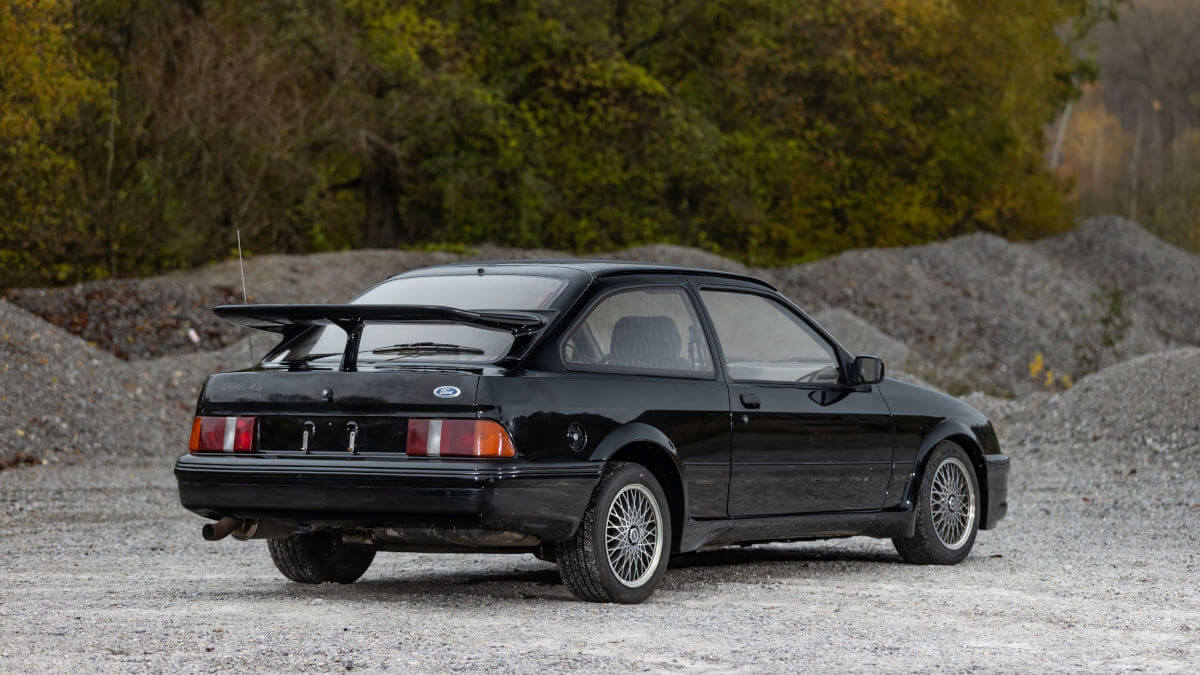

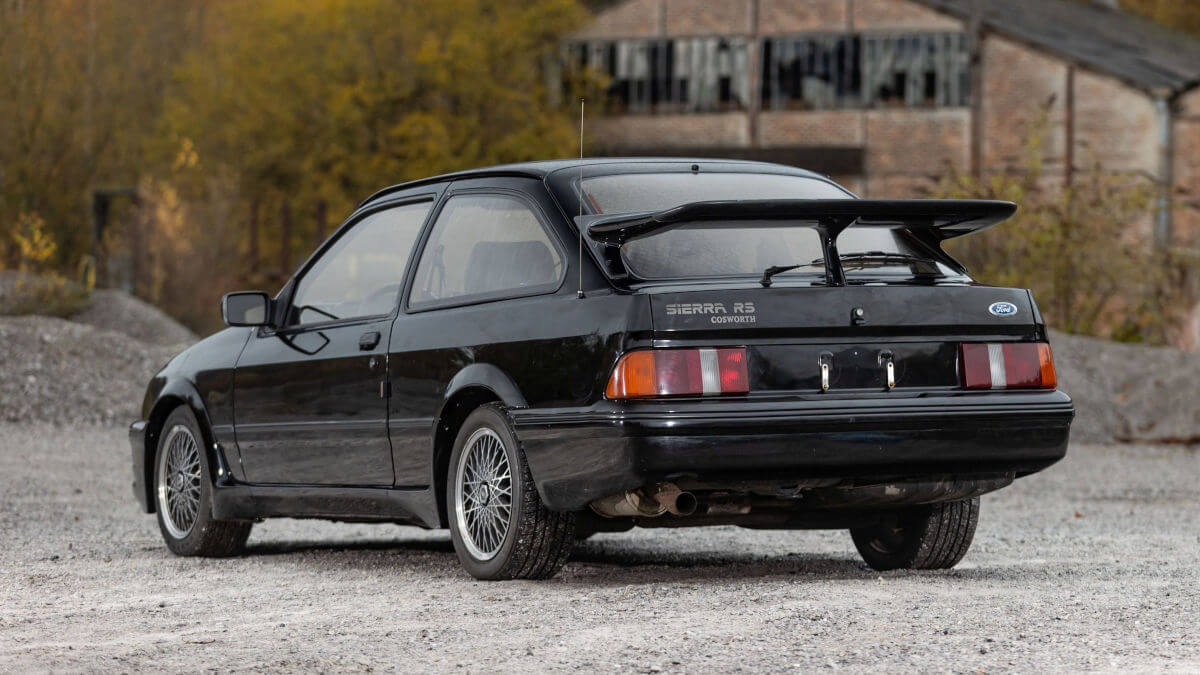

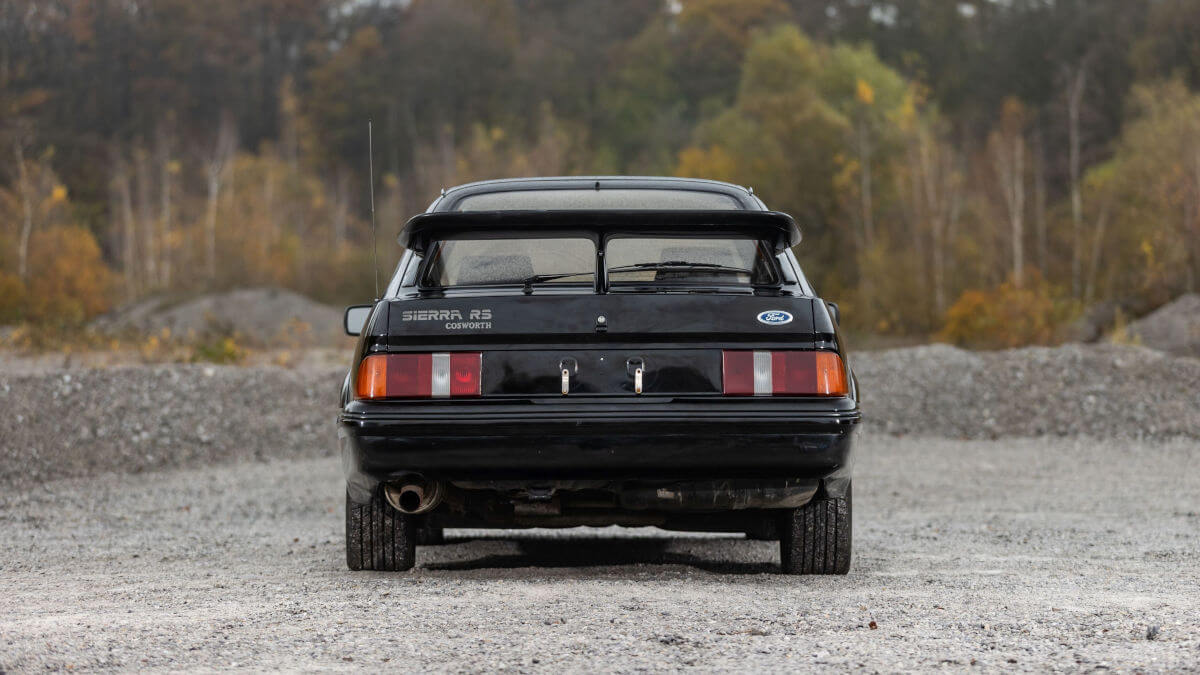



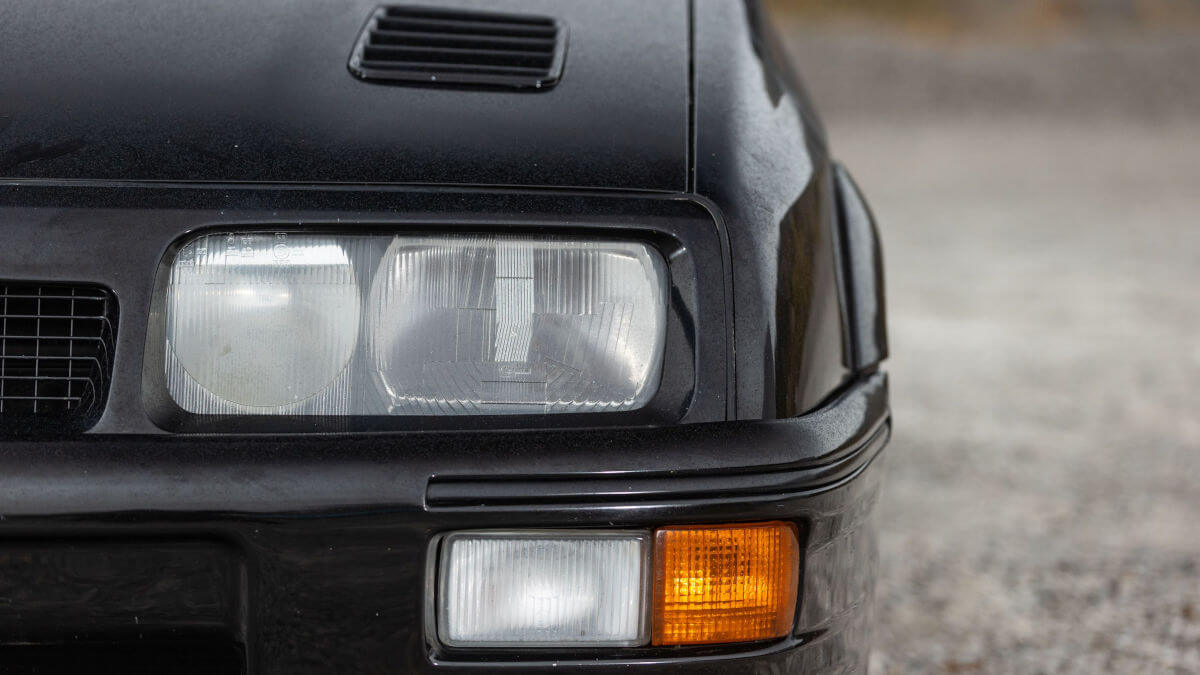

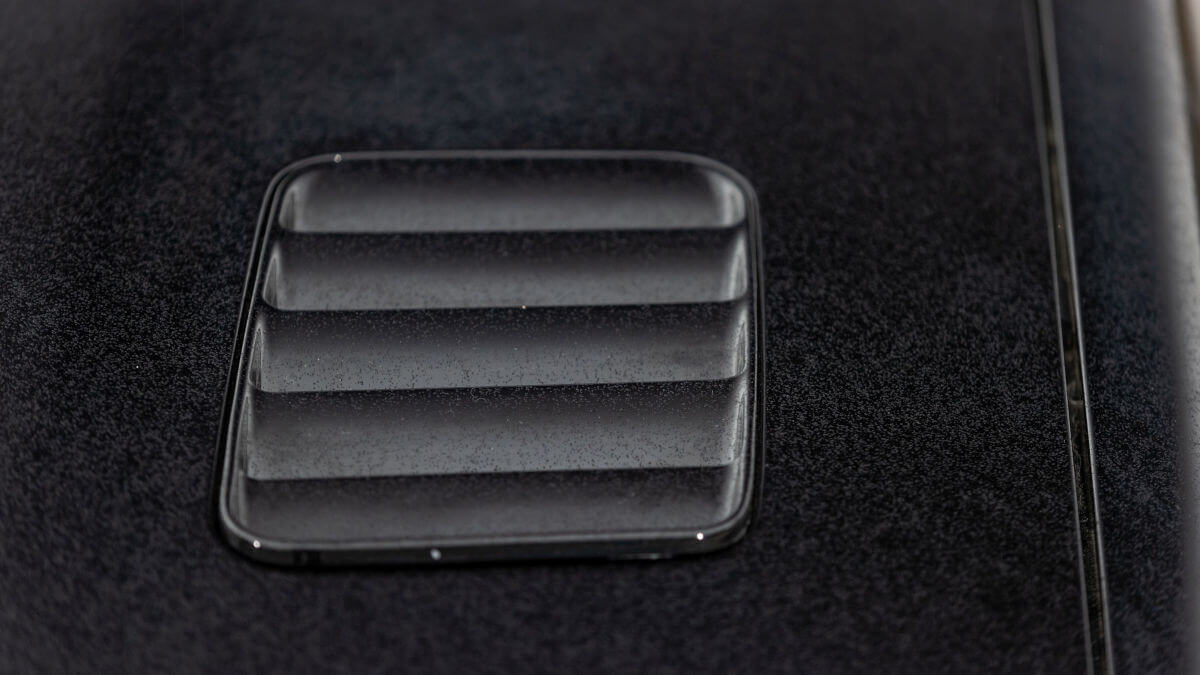

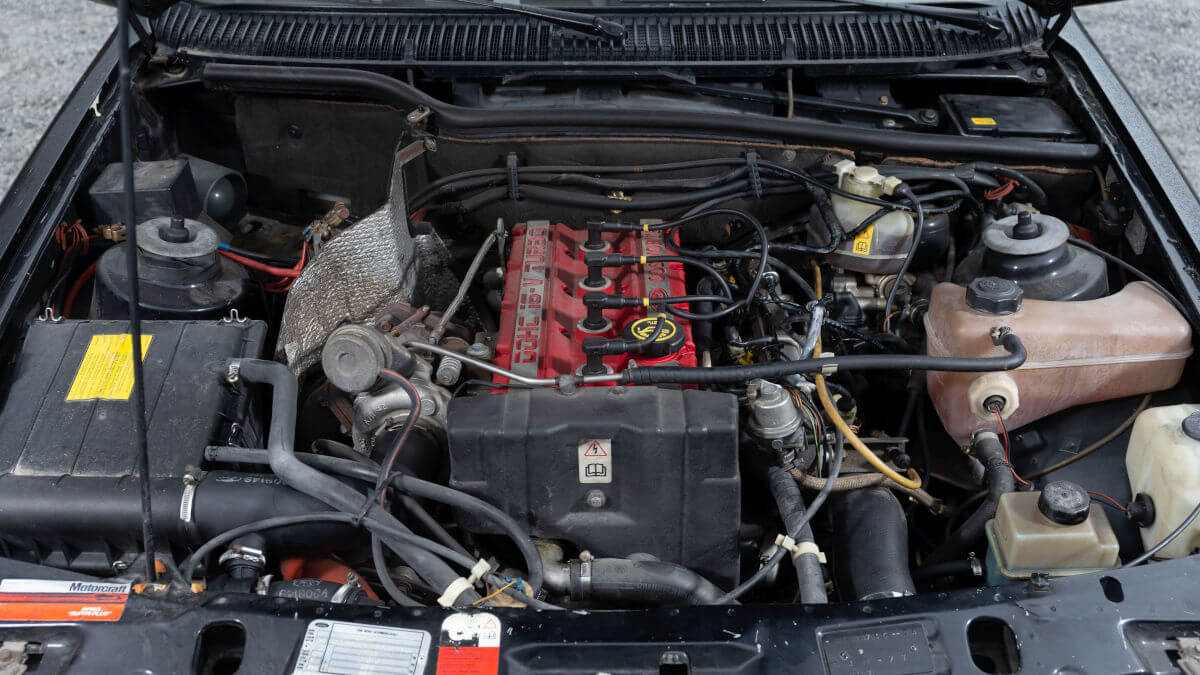

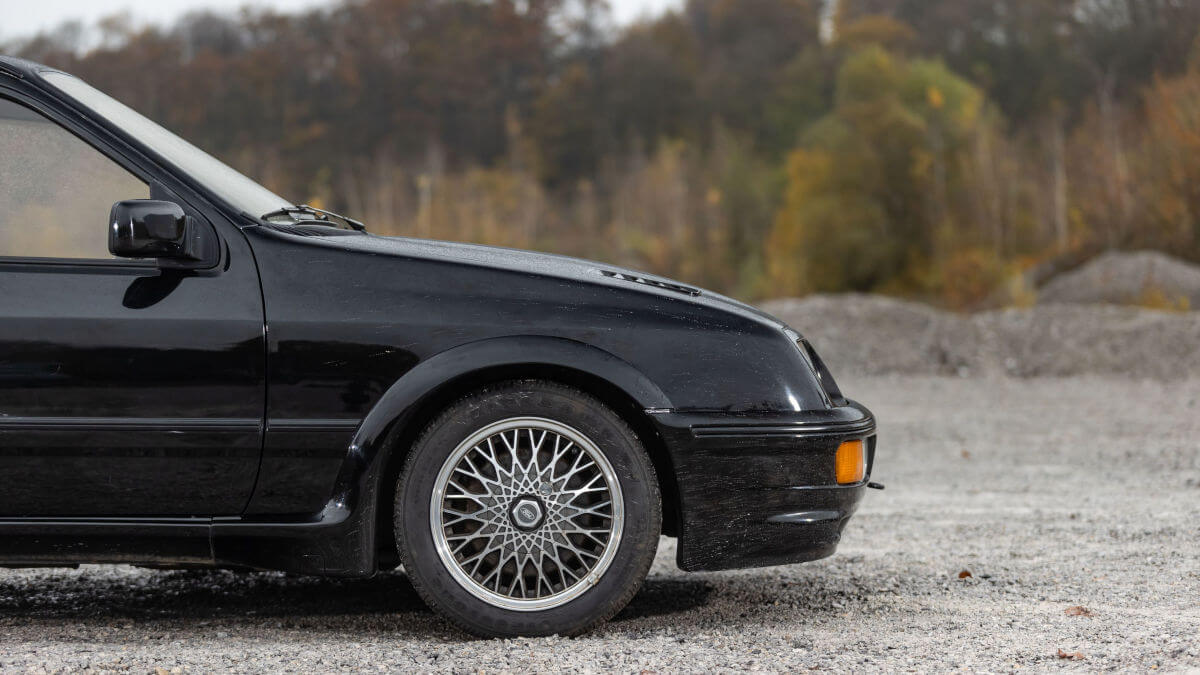



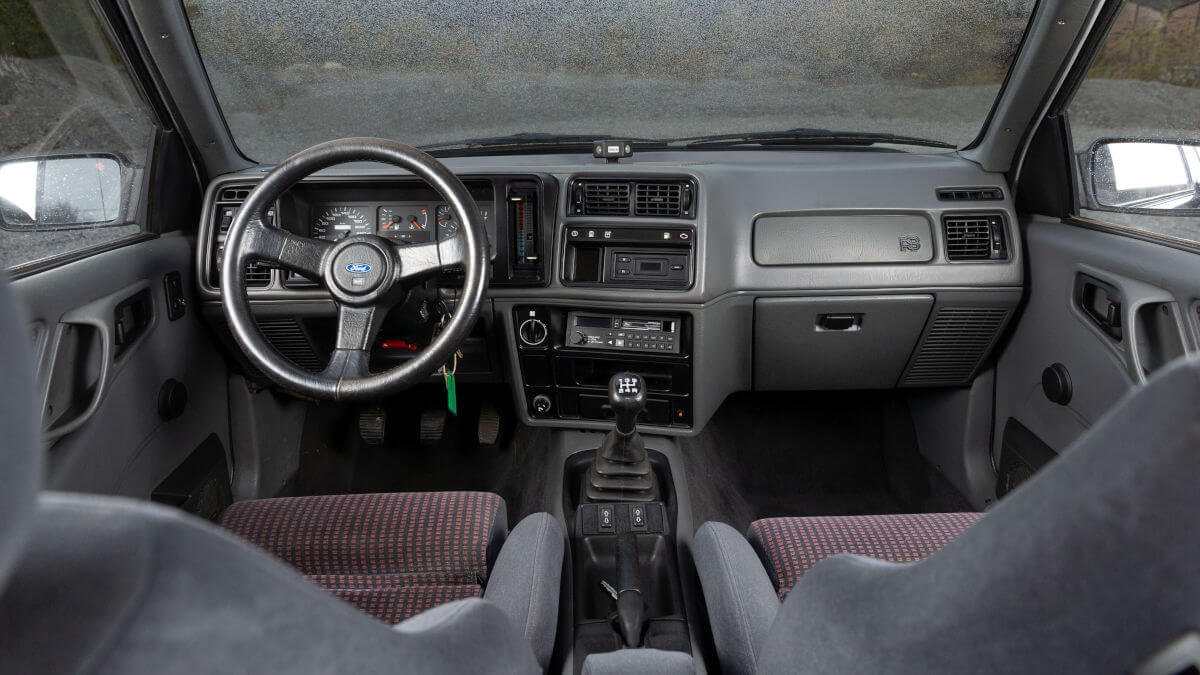



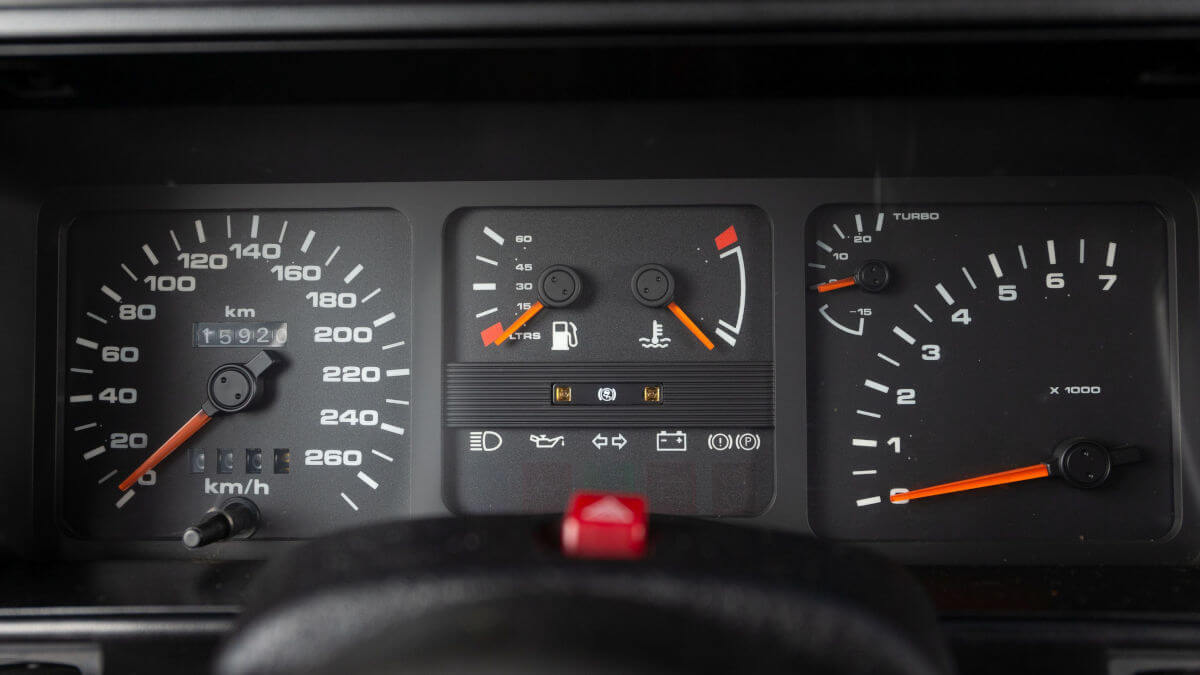

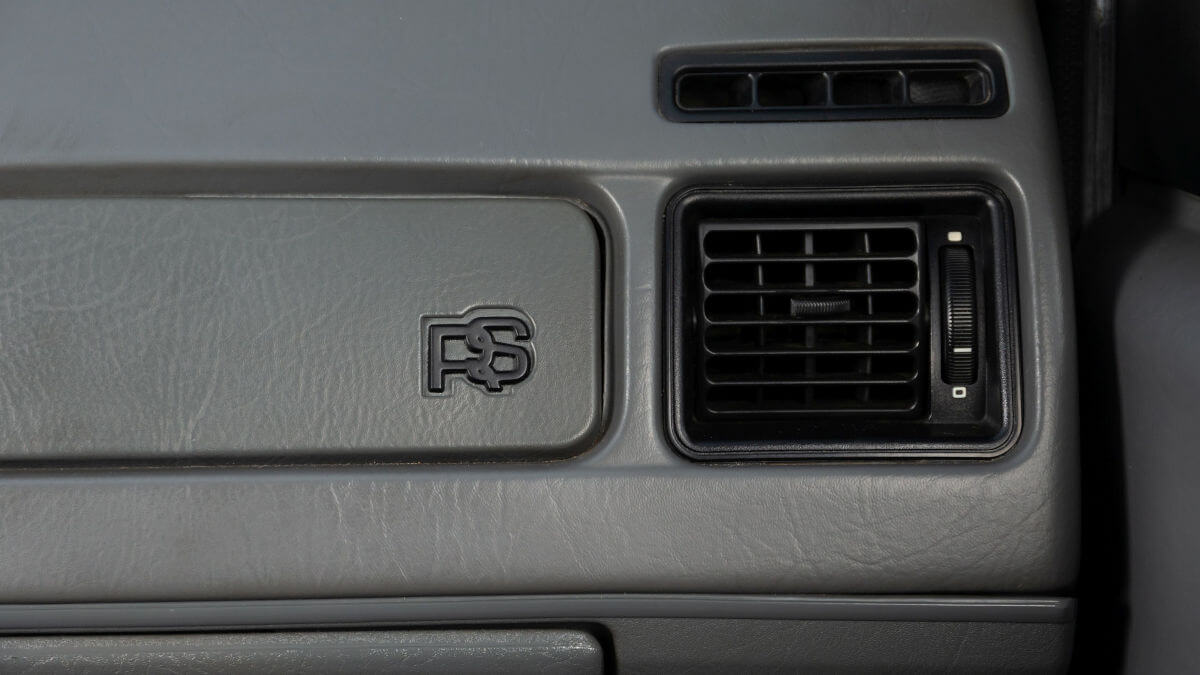





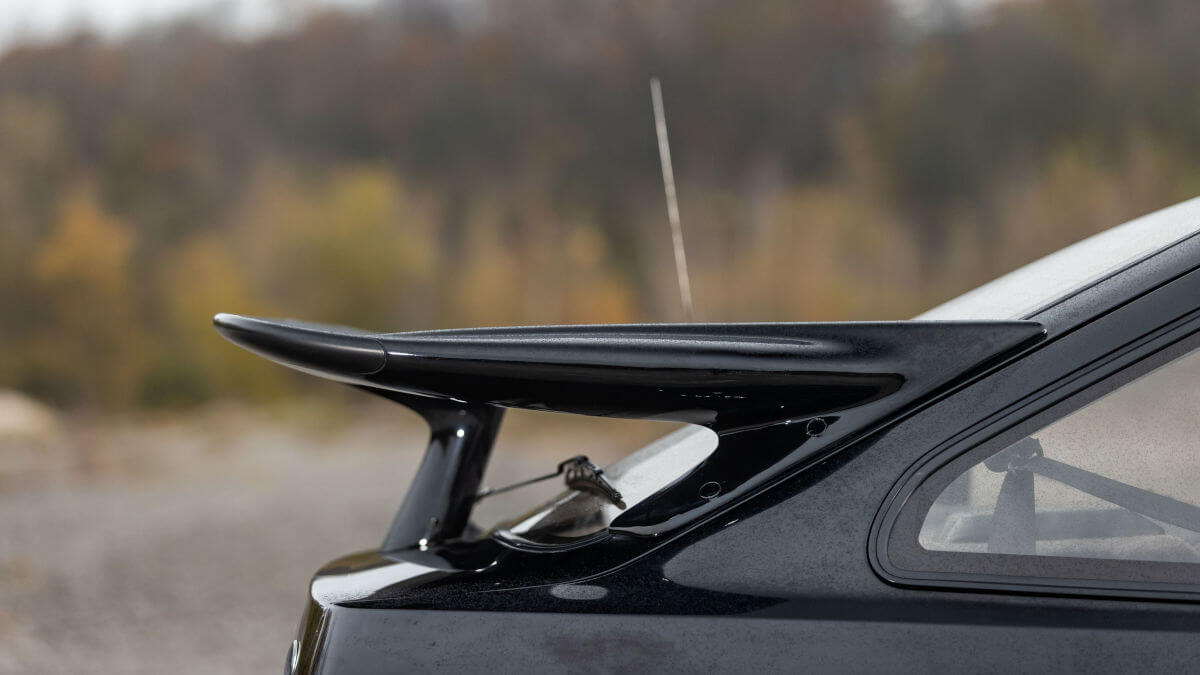

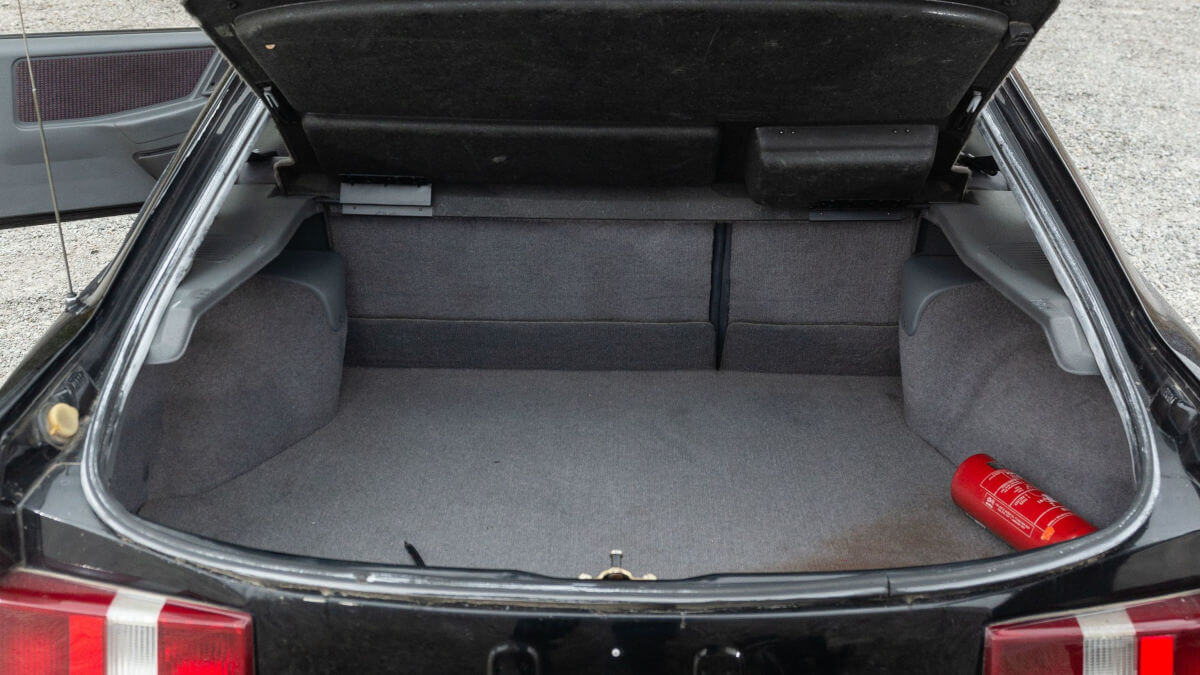



Huge rear wing
Things got really wild when it came to the looks. Ford integrated an air intake into the front bumper that was almost twice as big as the one between the headlights. Two air outlets in the bonnet helped the engine compartment to keep warm. The fenders were widened to accomodate larger wheels. These merged into suitably designed sills. But the real source of any discussions about this model variant was enthroned on the boot lid. Halfway up the rear window, the aerodynamicists placed a rear wing that was supported by a central pillar below the window and overhung the hatch by a good deal. Inside, behind the three-spoke leather steering wheel, there was a speedometer with a scale up to 260 kph and a rev counter up to 7,000 rpm. A small gauge also provided information about the boost pressure. Above the glove box sits the RS logo. The Recaro sports seats in the front and the two-section rear seat were given special fabric upholstery in grey and red.
Auction by Artcurial
When the Sierra RS Cosworth was already in development, Walter Hayes, then vice-president of Ford Europe’s PR department, asked dealers. He wanted to know how many examples of the new variant could be sold. For homologation in Group A, 5,000 units were required. But through the survey he came up with only 1,500 pre-orders. When dealers were able to test the first prototypes, demand increased a little. Nevertheless, Ford had to lower the price and cut down the options list. There were only three exterior colors and one extra package consisting of central locking and electric windows. The Ford Sierra RS which Artcurial is auctioning on 19 March at the Retromobile in Paris, has the latter. The car is second-hand and has a credible 15,920 kilometers on the clock. Although the odometer only shows five digits anyway, the car’s history is there. The estimated price is € 40,000 to € 60,000 with no reserve.
Worldwide motorsport successes
A total of 5,545 examples of the Sierra RS Cosworth were produced. Ford sent 500 RHD vehicles to the tuning company Tickford, where the RS500 was created. This further development with more power and an additional spoiler under the rear wing helped to keep the car competitve in touring car racing. In the Touring Car World Championship as well as in the European Championship and the DTM Ford drove from victory to victory. In addition, Ford won the 24-hour race at Spa-Francorchamps in 1989 and the British Touring Car Championship in 1990. As early as 1988 and 1989, Ford also won the touring car championships in Australia and Japan. In rallying, however, they lagged behind their four-wheel drive competitors. Only one victory at the Tour de Corse in 1988 stands in the list of international successes of the Sierra RS Cosworth. From 1988, Ford built a new edition of the model, now based on the four-door saloon. Around 13,000 were produced with rear-wheel drive, followed by another 12,200 with all-wheel drive.
Images: Artcurial, Peter Singhof


